Christmas Cakes in Japan: An Affectionate History
‘Tis The Season For Strawberries And Cream
Move over cookies! Unlike in many western nations, where Christmas cakes must share their holiday crown with a wealth of other sweets, from candy canes to gingerbread cookies, in Japan, cake reigns supreme. Discover the delicious history of the Japanese Christmas Cake below!
Beautiful layers of white cream adorning a fluffy cake with plump strawberries atop—this has long been the image of Japanese Christmas confectionary. But, did you know that Christmas cakes were only first sold in Japan in 1910? And that the ubiquitous ichigo shotokeki (strawberry shortcake) only hit the shelves of this country in 1922? In fact, it took all the way to the postwar period, in 1952 to be exact, that the strawberry shortcake Christmas cake became more accessible to the general public and cemented its place in Japan’s Christmas imagery (and stomachs across the nation). To understand the history of this tasty tradition, we have to peek into the past of Fujiya, a storied Japanese confectionary maker.
Introducing Christmas cake to Japan
 © Photo by iStock: fazon1
© Photo by iStock: fazon1Fujiya, now with branches across the country, is a patisserie that was originally based in Yokohama. In 1910, Fujii Rinemon opened his first shop in Motomachi, the upscale neighborhood adjacent to the Yamate and Kannai districts where the foreign population of Yokohama lived and worked. As the Meiji era dawned, the Motomachi area blossomed and the streets were soon dotted with cafes, clothing stores and bakeries. The Fujiya store was at the vanguard of this explosion of western culture in Yokohama where many overseas customs and wares spread to the rest of the country.
Indeed, in December of the same year it opened, Fujiya offered the first Christmas cake sold in Japan. Arranged simply with silver ball decorations, the cake was a single layer glazed with white fondant frosting, made by mixing sugar and water. But, the difference with today’s decadent fresh cream concoctions was not merely aesthetic; the cake was not a Japanese sponge cake—known now as the shortcake— but rather a fruit cake, steamed in the oven and made of plums, dried fruit like raisins and alcohol.
It is posited that the cake’s color scheme, red and white or kouhaku, contributed to the popularity of the strawberries and fresh cream pairing.
1921 was a particularly bustling Christmas and a fateful one for Fujii. With business booming, thanks in part to a craze that year for decorated cakes, he opened a second store. To his surprise, his customer base was also changing from foreign customers to Japanese. In 1922, Fujii came up with a special cake to sell at his two shops, inspired by what he had learned studying abroad in the United States.
While stateside, he had eaten a dessert called a shortcake, composed of two scones filled with cream and fresh fruit and named after the use of shortening in the biscuit dough. Fujii was fascinated but felt that the crunchy scones would not be well suited to the Japanese palate. Instead, he chose to make his shortcake out of a sponge cake, drawing on the ever-fashionable castella cake, another local interpretation on western (this time Portuguese) dessert which emerged in the late 1500s. His resulting creation, using the fresh cream and strawberries of the American shortcake, but atop a soft spongy cake, was the first strawberry shortcake sold in Japan.
It is posited that the cake’s color scheme, red and white or kouhaku, reserved traditionally for festive occasions in Japan (as well as the hinomaru national flag!), contributed to the popularity of the strawberries and fresh cream pairing. Still, however, in the 1920s, these cakes were very extravagant, and without refrigerators in most homes, their potential for the astronomical fame which awaited would remain dormant until the postwar period.
For everyone to enjoy
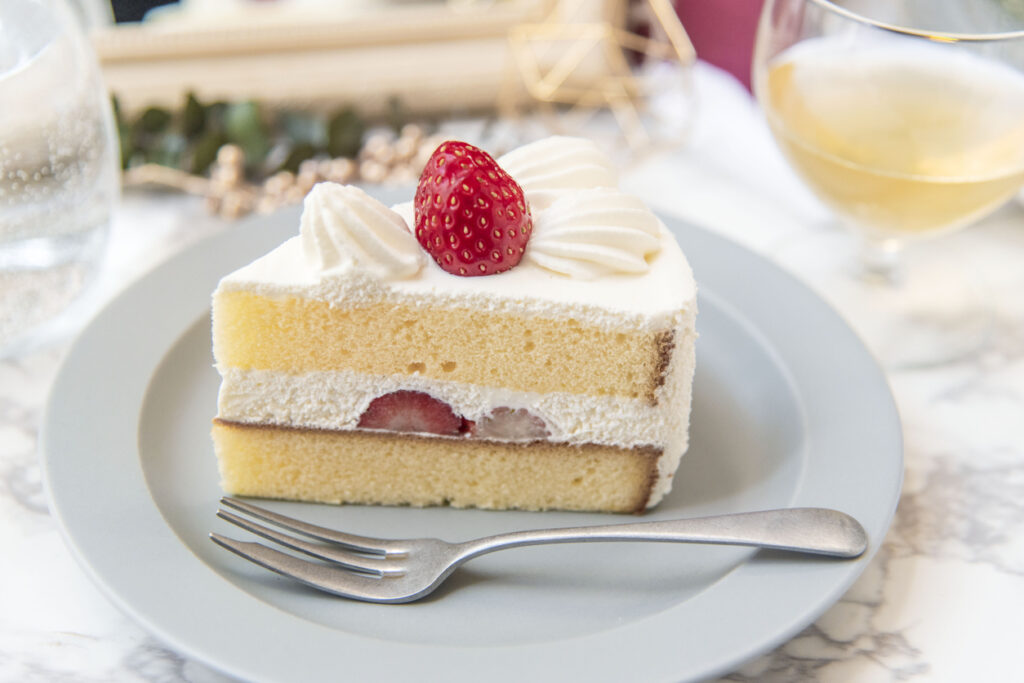 © Photo by iStock: muuuu
© Photo by iStock: muuuuIn 1952, the eve of Japan’s “long postwar”, only a few months after GHQ, the American occupation force, left the country, Fujiya had their first-ever Christmas sale. In what would become a tradition across Japan, the strawberry shortcakes lined the shop window, inviting customers to enjoy the sweet treat for the holidays. By the mid-1960s, the Ichigo (strawberry) shortcake’s place in Christmas culture was cemented, with elaborately decorated two-layer cakes becoming common. This design, and the classic taste pioneered in the early Showa era, continue to dominate Japanese imaginings of Christmas sweets.
While the shortcake reigns supreme, the current market for Christmas cakes is not exclusively red, white and fluffy crumb cake. Rather, chocolate, pistachio, blueberries, ganache, buttercream and most other decadent cake ingredients are used to make festive creations. Also, Japanese makers have incorporated traditions from other countries, such as France’s buche-de-Noel (Christmas log cake) and Italy’s panettone (Christmas sweet bread), to diversify the confectionary landscape. And, while stand-alone patisseries certainly make cakes, department stores and hotels are now the primary purveyors, often opening advance sales as early as mid-November. Conbini have gotten into the Christmas cake game as well, with their own ichigo shortcakes while some families opt to make their own.
As for my family, we usually opt for a strawberry shortcake, but last year, we diverged and went with chocolate. Honestly, it was a bit disappointing to not be met with the mouthfuls of sweet-tart strawberries and cream so we will return to our (Japanese Christmas) roots this year alongside so many other eager sweet tooths.
And if you’re wondering if Fujiya continues to specialize in shortcakes at Christmastime, the answer is a resounding yes. Celebrating 100 years since their founder’s first shortcake in 2022, they are still selling classic Christmas cakes.
What sort of sweet do you celebrate this festive season with? Let us know in the comments!












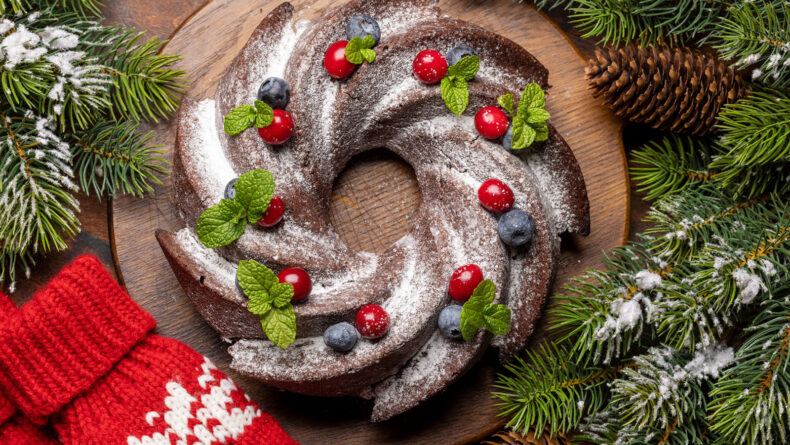
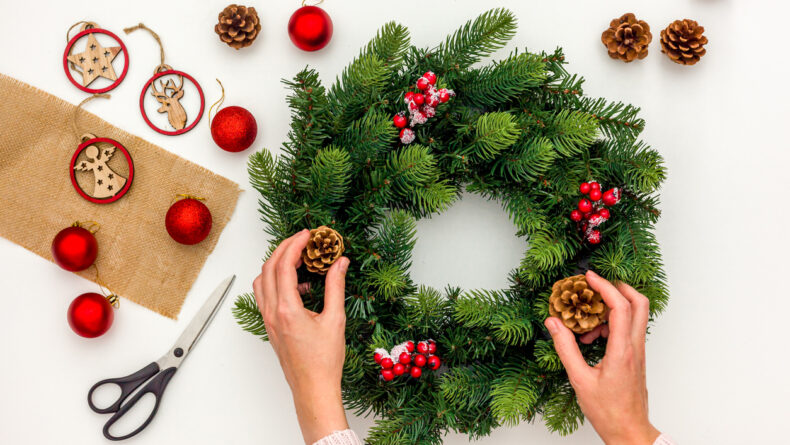
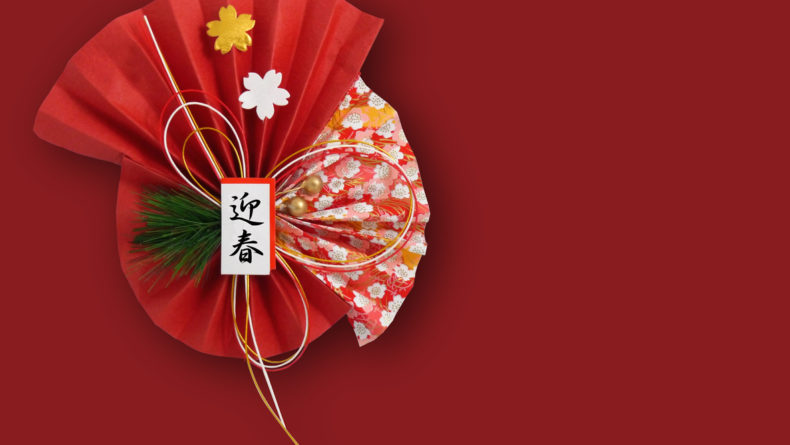
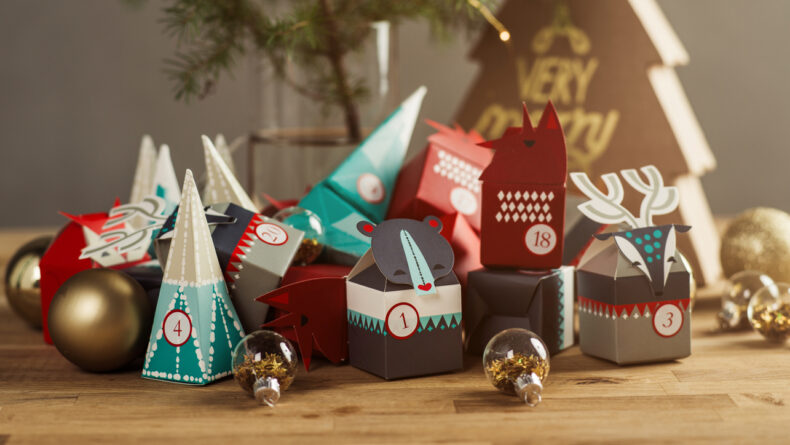
Leave a Reply